Page 1
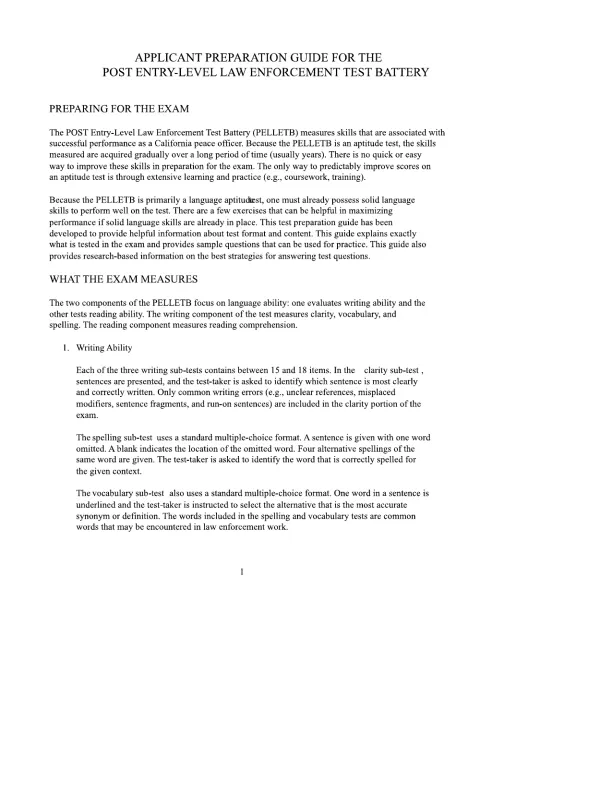
Loading page image...
Page 2

Loading page image...
Page 3
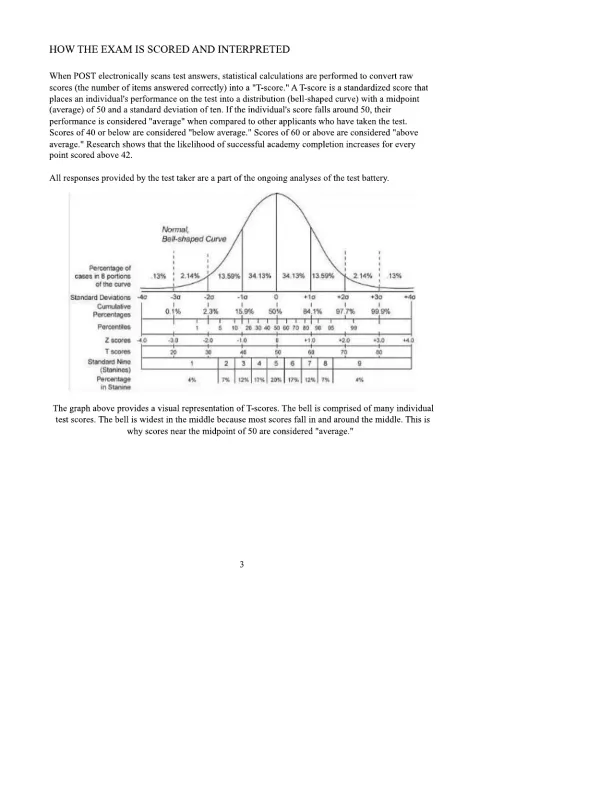
Loading page image...
Page 4

Loading page image...
Page 5
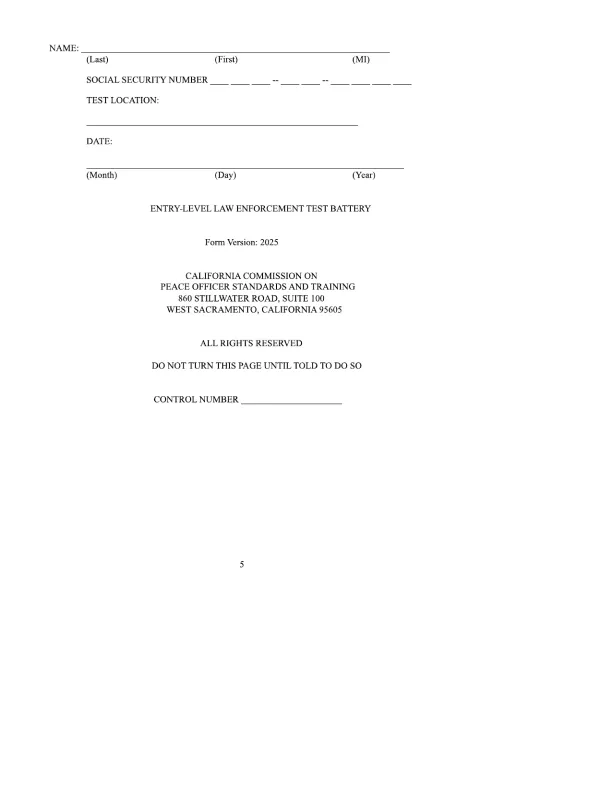
Loading page image...
Page 6
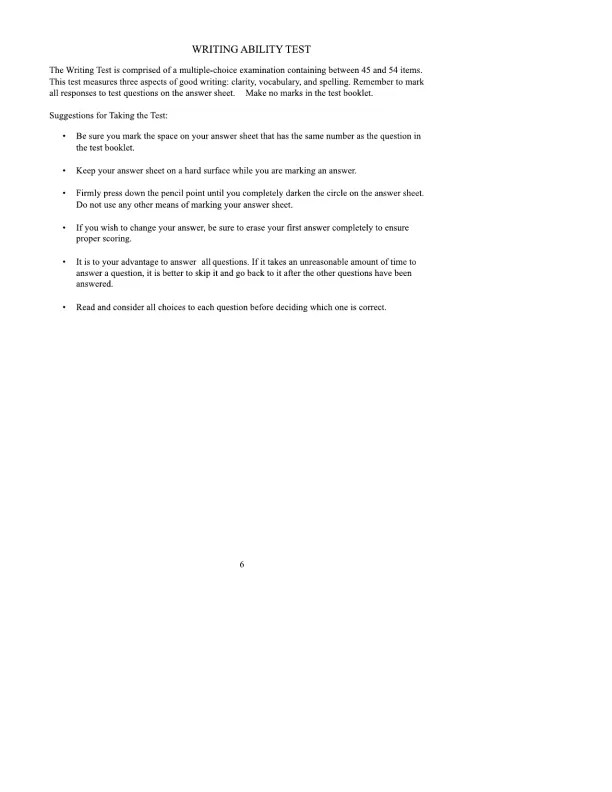
Loading page image...
Page 7
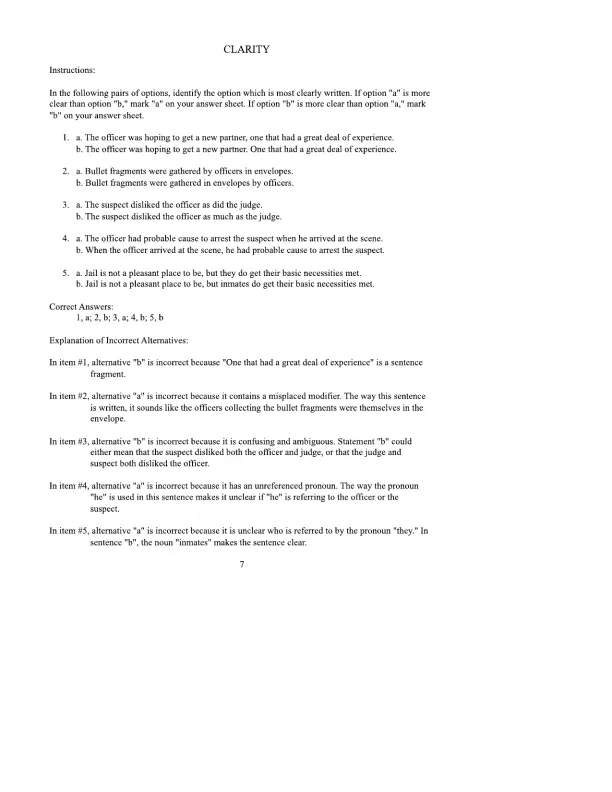
Loading page image...
This guide helps applicants prepare for the POST Entry-Level Law Enforcement Test Battery (PELLETB), detailing writing and reading skills tested, scoring methods, sample questions, and proven strategies to improve performance on the exam.
Loading page image...
Loading page image...
Loading page image...
Loading page image...
Loading page image...
Loading page image...
Loading page image...
This document has 21 pages. Sign in to access the full document!